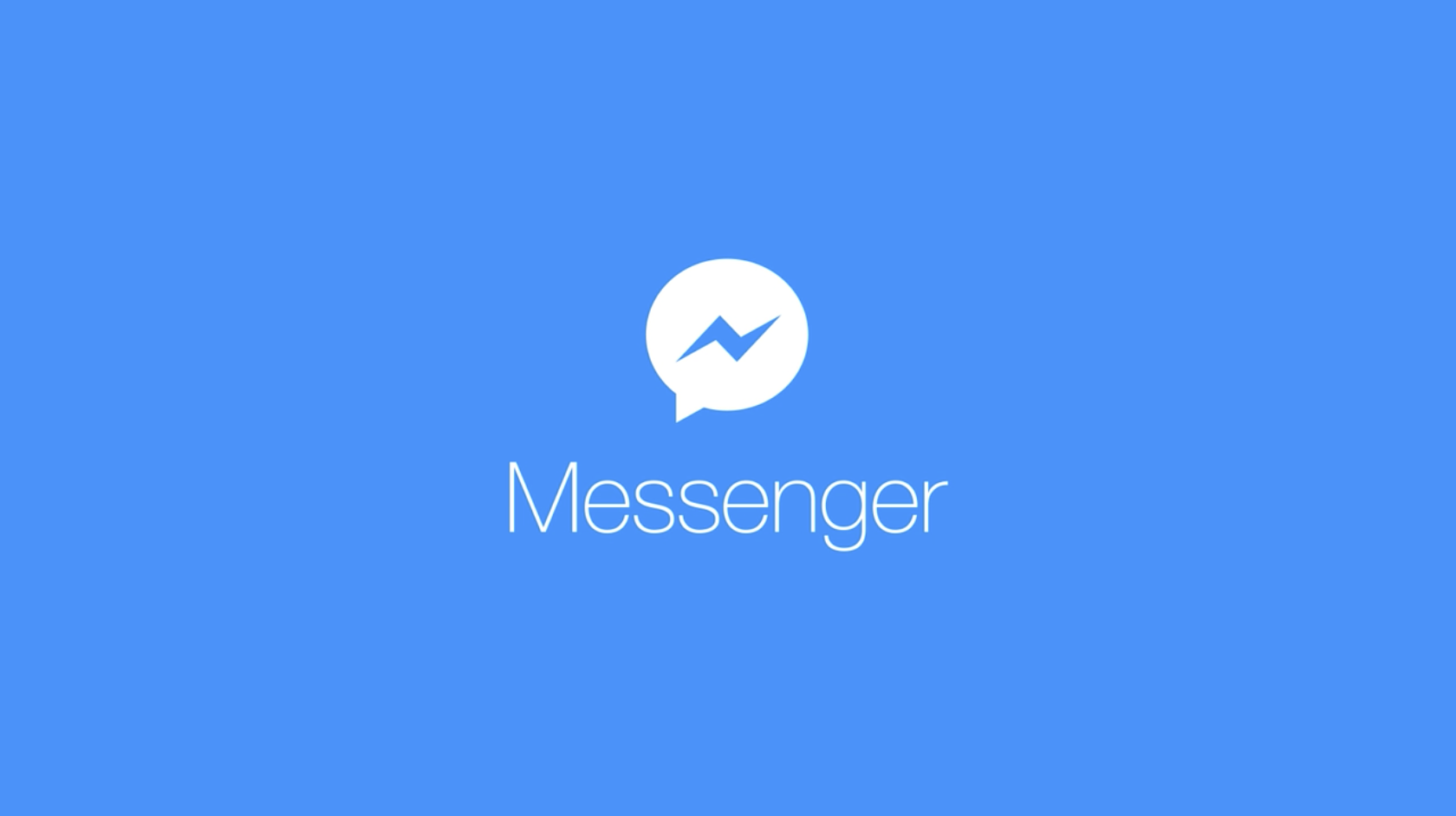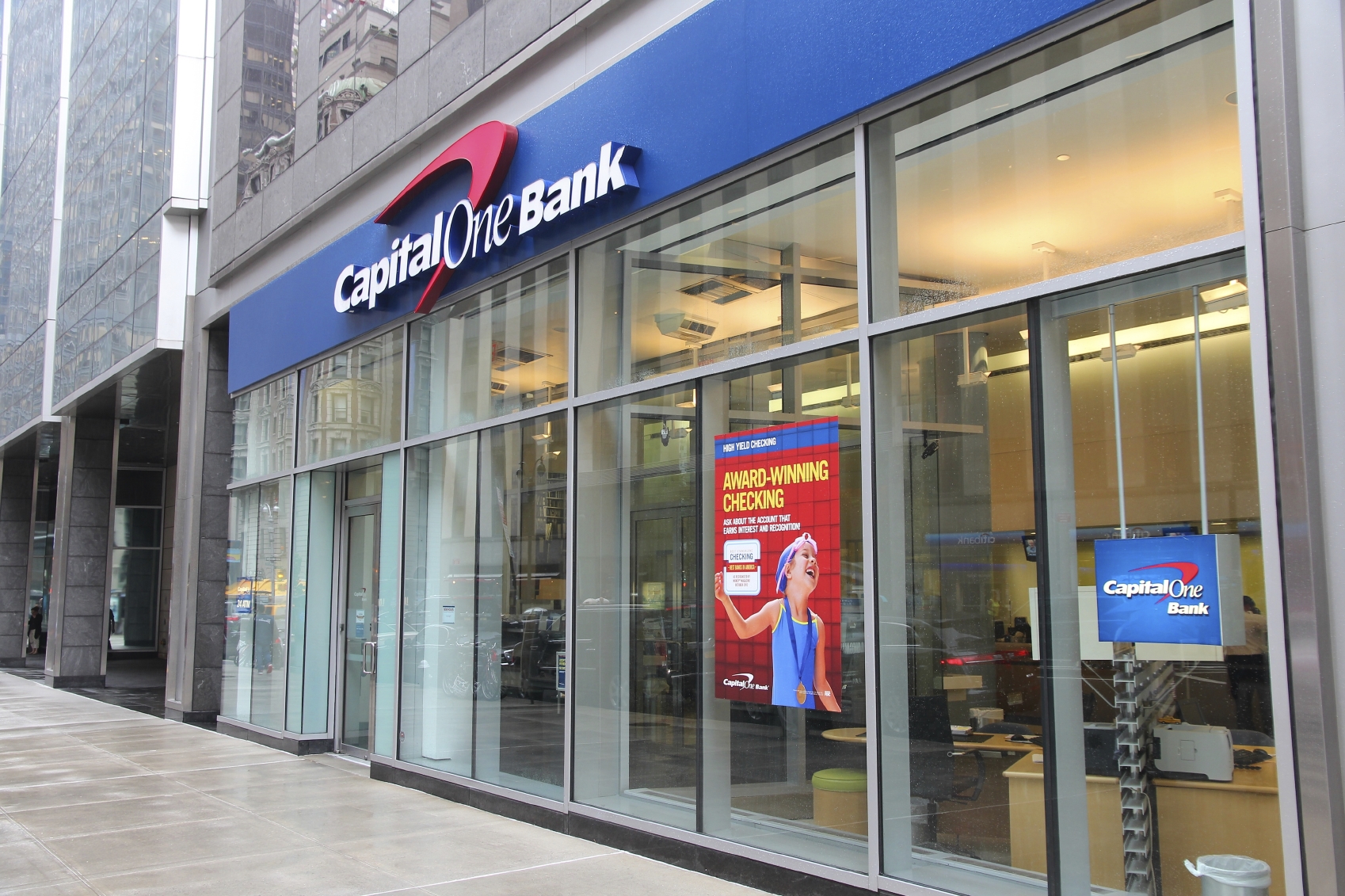What Happened
French banking giant BNP Paribas is the latest company in the financial service sector to explore virtual reality as a tool to improve its customer experience. The Paris-based bank announced earlier this week that it will demo a branded VR app at the upcoming Viva Technology Fair in Paris, which will allow users to virtually access their account activity and transaction records.
In addition to the app, the real estate arm of BNP Paribas partnered with French startup Vectuel & RF Studio to develop “the POD,” a VR experience “capsule,” which aims to help customer visualize their real estate investments by offering virtual tours of the properties, some of which are still under construction, as well as a step-by-step guide through all the necessary steps of a real estate purchase.
What Brands Need To Do
The dubious necessity of a VR app for checking bank balances aside, BNP Paribas’ VR initiative is notable for the fact it is actually leveraging VR to enhance the service it provides for customers, unlike the experiential marketing approaches that banks like Citi and Wells Fargo have previously taken with branded VR content.
With a slew of VR headsets of various prices became available in the past 18 months, starting with the release of the consumer version of Oculus Rift in March 2016, consumer adoption of VR has been steadily on the rise, with an estimated 11.4 million U.S. consumers having purchased a VR headset by the end of 2016. As more and more consumers become accustomed to VR technologies, brands seeking to stay ahead of the curve will need to start developing a VR strategy and experimenting with VR to improve client experiences.
How We Can Help
Our dedicated team of VR experts is here to guide marketers through the distribution landscape. We work closely with brands to develop sustainable VR content strategies to promote branded VR and 360 video content across various apps and platforms. With our proprietary technology stack powered by a combination of best-in-class VR partners and backed by the media fire-power of IPG Mediabrands, we offer customized solutions for distributing and measuring branded VR content that truly enhance brand messaging and contribute to the campaign objectives.
If you’d like to learn more about how the Lab can help you tap into the immersive power of VR content to engage with customers, please contact our Client Services Director Samantha Barrett ([email protected]) to schedule a visit to the Lab.
Source: Bank Innovation
Featured image and video courtesy of BNPP Real Estate’s YouTube video






